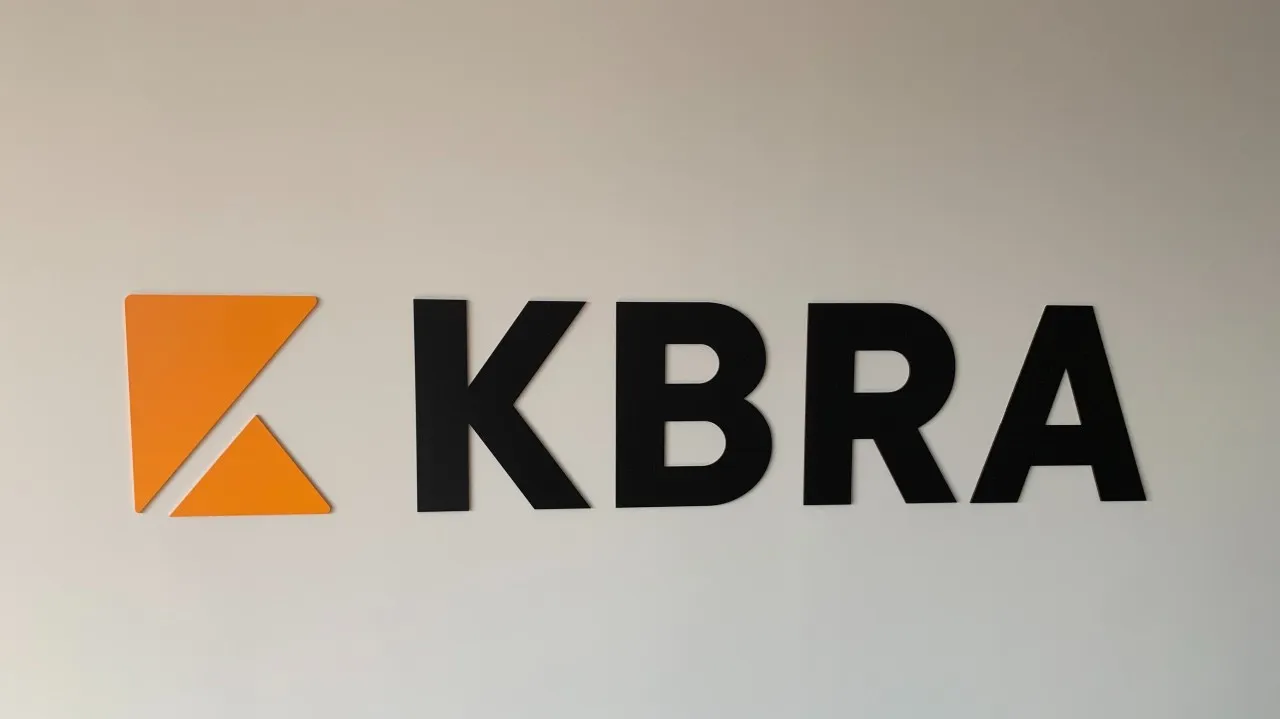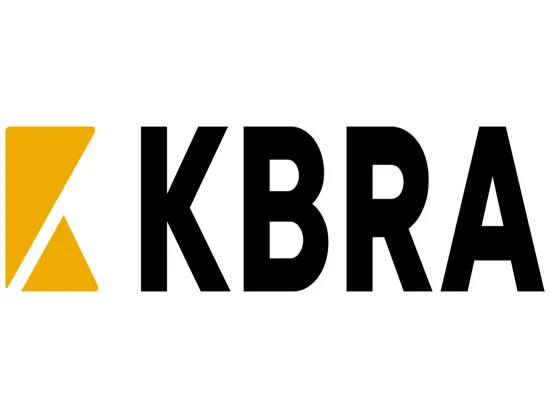
KBRA (Kroll Bond Rating Agency) has officially assigned a BBB preferred stock rating to BW Real Estate, Inc. (BW Real Estate), a real estate investment trust (REIT) subsidiary majority-owned by Western Alliance Bank. Western Alliance Bank is the principal operating subsidiary of Western Alliance Bancorporation (NYSE: WAL), which is referred to throughout as Western Alliance or the company. Importantly, this action has no direct impact on the broader ratings currently held by Western Alliance or its other financial obligations.
Key Credit Drivers & Considerations
The credit rating assigned to BW Real Estate’s preferred stock is influenced heavily by several core aspects, particularly by the established long-term ratings of its parent entity, Western Alliance Bank. Currently, the bank holds long-term deposit and senior unsecured debt ratings of A-, alongside a subordinated debt rating of BBB+. Additionally, the Conditional Exchange feature embedded in the preferred instrument plays a significant role. This feature outlines that under specific conditions—especially stress scenarios—the preferred stock would be automatically converted into preferred stock of Western Alliance Bank, ensuring an added layer of protection and structural strength.
KBRA’s decision reflects a broader view of Western Alliance’s strong operational and financial performance over the recent fiscal period, most notably throughout Fiscal Year 2024 (FY24). Despite challenging market conditions, Western Alliance has demonstrated resilient and consistent profitability, underlined by a core Return on Assets (ROA) of approximately 1%. This figure places Western Alliance competitively among regional banking peers, particularly amid lingering volatility across the banking and financial services sector following funding stresses that became pronounced in early 2023.
One of the central pillars supporting Western Alliance’s positive rating profile has been its strong balance sheet management, particularly its handling of deposit flows and capital generation. Total deposits at year-end 2024 stood at $66 billion, marking a notable $11 billion increase from the previous year. While a portion of this growth is attributable to strategic use of brokered deposits KBRA and expanded use of reciprocal deposit arrangements, the bank has also reported substantial inflows from both new and existing commercial clients. This combination of diversified funding sources not only supports liquidity but also reduces reliance on more volatile or costly funding channels.
Equally critical to Western Alliance’s funding strength is the improvement in deposit composition and risk profile. In particular, the company has made strides in reducing its exposure to uninsured and uncollateralized deposits, which previously had been a concern for many regional banks. This has resulted in a deposit base that KBRA considers to be larger, more stable, and more durable, giving Western Alliance a more robust foundation to withstand potential liquidity pressures.
Furthermore, strategic deposit initiatives—including customer relationship management and product innovation—have continued to improve Western Alliance’s core funding profile. This is especially noteworthy following the industry-wide shifts observed prior to mid-2024, where banks generally KBRA experienced an increased reliance on higher-cost deposit balances. Western Alliance’s proactive approach to addressing these trends places it in a favorable position compared to many of its peers.
On the asset side, the company has made calculated moves to refine its strategic focus. Specifically, management has worked to reduce exposures in select loan categories that are considered more transactional or potentially higher-risk in nature. By enhancing its liquidity position and de-risking certain segments of the loan book, Western Alliance has KBRA demonstrated its commitment to maintaining a prudent, long-term oriented approach to asset management. This adjustment is consistent with broader regulatory and market expectations, as well as KBRA’s view of sound risk management practices.

A key differentiator for Western Alliance continues to be its experienced leadership team, whose strong track record of execution has been instrumental in maintaining operational success across various economic cycles. The bank’s diversified commercial banking model—anchored by a range of niche verticals supplementing its core middle-market banking franchise—has proven highly KBRA effective in generating favorable risk-adjusted returns over time. These commercial verticals allow Western Alliance to access multiple revenue streams, reducing dependency on any single sector or customer segment, while enhancing client relationships and stickiness.
Another crucial aspect bolstering Western Alliance’s credit profile is its capital position, which has shown meaningful improvement over the course of the year. The company has employed a dual strategy focused on internal capital generation—driven by solid earnings—and Risk-Weighted Asset (RWA) optimization. As a result, Western Alliance’s Common Equity Tier 1 (CET1) ratio increased to 11.3% by the end of FY24, reflecting both prudent balance sheet management and a commitment KBRA to strengthening the company’s financial resilience. This capital growth provides a critical buffer against potential future credit losses and enhances overall creditor confidence.
Rating Outlook & Sensitivities
The assigned rating to BW Real Estate’s preferred stock is directly linked to the credit health and rating trajectory of its parent entity, Western Alliance Bank. As such, any changes to BW Real Estate’s rating will be determined primarily by movements in the bank’s ratings.
At present, KBRA does not anticipate any immediate changes to the bank’s ratings, given Western Alliance’s stable performance metrics. However, there are clear indicators that could influence future rating actions—either positively or negatively.
Positive rating momentum could materialize if the company continues to demonstrate:
- Sustained core earnings power, maintaining or improving upon the current 1%+ ROA level.
- Continued positive trends in core deposit growth, with emphasis on stable, low-cost, and insured deposit balances.
- Superior credit loss performance, particularly if Western Alliance outperforms peer banks in managing asset quality and minimizing loan losses.
Conversely, downward rating pressure could arise if Western Alliance experiences:
- Deterioration in its core funding profile, such as a material increase in reliance on brokered deposits or more volatile funding sources.
- A noticeable decline in core profitability, whether due to margin compression, rising credit costs, or operational inefficiencies.
- Any adverse developments in capital adequacy metrics, including a decline in CET1 levels below peer or regulatory expectations.




